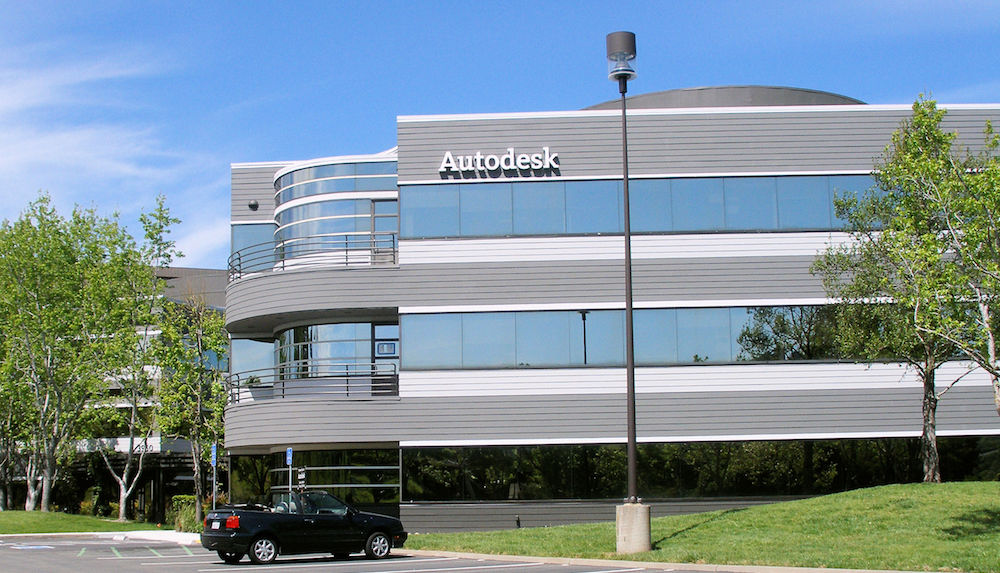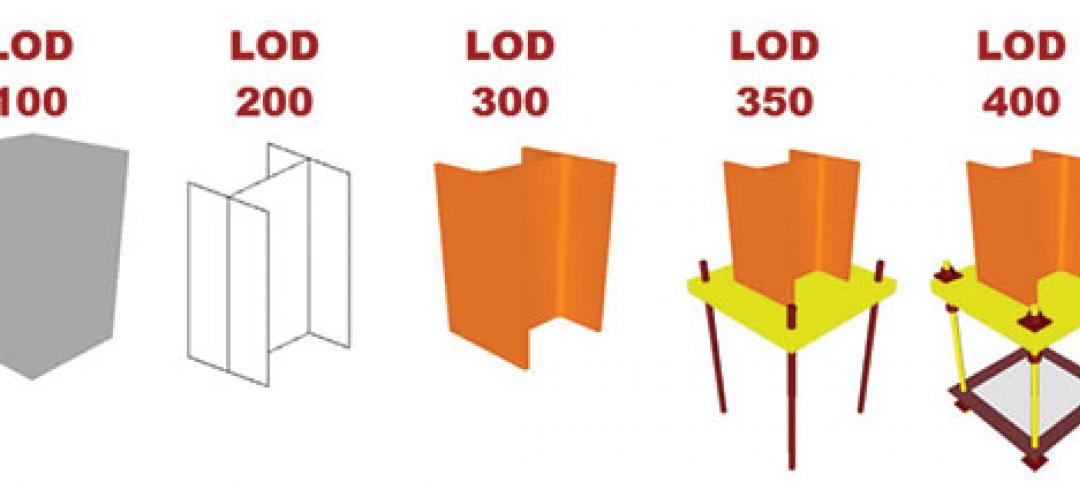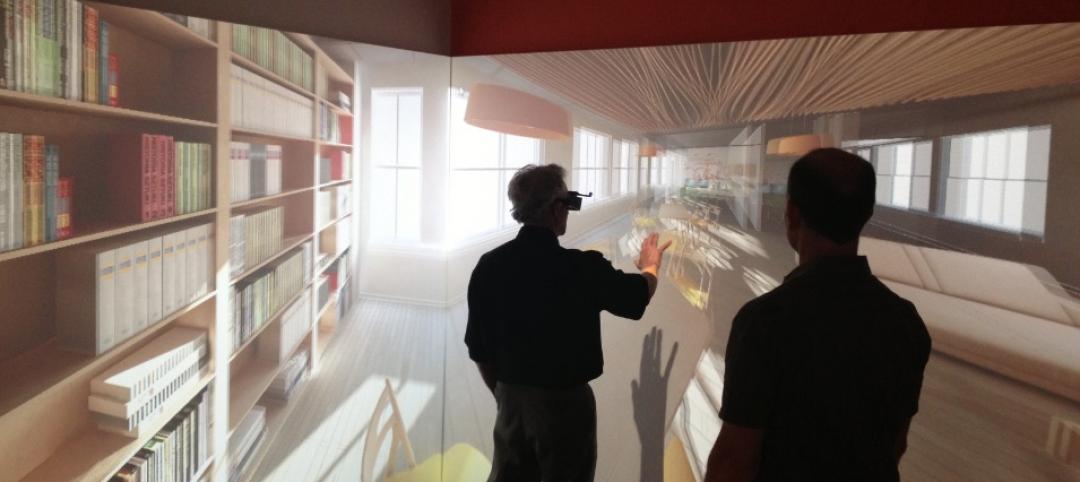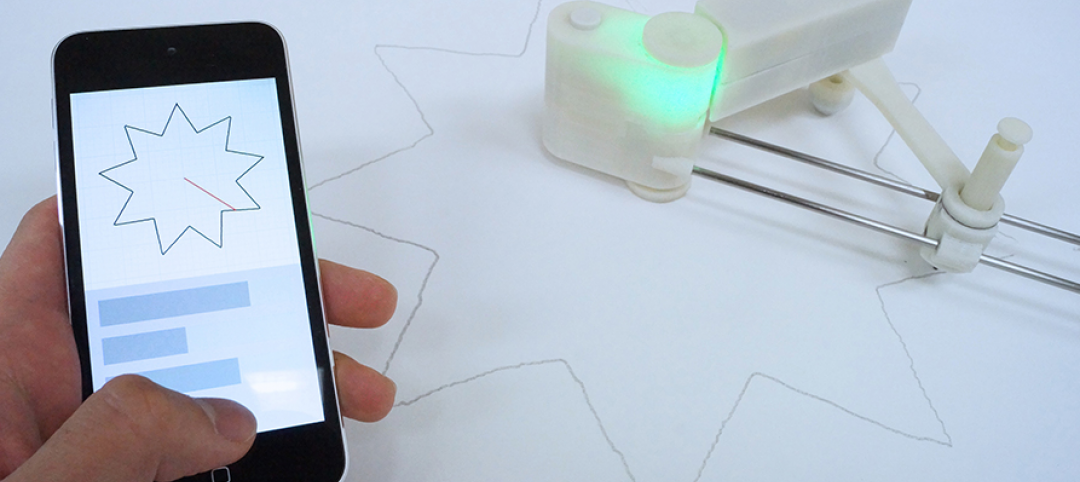Responding to customers who have been pushing them for greater workflow efficiencies when using their products together, Autodesk and Trimble have entered into an interoperability agreement that enables both companies to share Application Programming Interfaces (APIs) and developer tools for products in their respective portfolios.
The collaboration is also meant to show each company’s commitment to supporting open industry standards such as Industry Foundation Classes (IFC), and Construction Operations Building Information Exchange (COBie).
Autodesk and Trimble have similar arrangements with Bentley, and Autodesk recently struck an agreement on the manufacturing side with Siemens.
“We want to allow our customers to focus more on projects and spend less time moving data between Autodesk and Trimble products,” explains Jim Lynch, Vice President for AEC Product Development at Autodesk’s Boston office. He says this agreement will help “fill the API gaps.”
Tighter product-to-product integration can enable AEC users to share models, project files, and allow for the reuse of information throughout all phases of a project.
Lynch says the two companies have been working on this agreement for more than a year. His main contact at Trimble was its Vice President Bryn Fosburgh. Another key person in developing this agreement was Nicolas Mangon, Vice President of AEC Strategy and Marketing at Autodesk.
Lynch tells BD+C that this agreement does not entail any financial arrangement between the two suppliers, nor does he anticipate that either company would need to set up a separate team or department.
“Trimble benefits by our customers benefiting,” says Mark Sawyer, General Manager of Trimble’s General Contractor/Construction Management division.
Sawyer adds that going forward, each company will have access to the other’s APIs to test. Trimble also has an advisory group of customers that is likely to be involved in the testing.
Lynch expects that the industry will continue to pressure software vendors to develop products that integrate seamlessly. Sawyer agrees, and thinks the most immediate streamlining will be evident in document and data management, and BIM-in-field. But, he cautions, don’t expect interoperability agreements such as Autodesk-Trimble to be “wildly prolific,” either.
Related Stories
| Dec 29, 2014
14 great solutions for the commercial construction market
Ideas are cheap. Solutions are what count. The latest installment in BD+C's Great Solutions series presents 14 ways AEC professionals, entrepreneurs, and other clever folk have overcome what seemed to be insoluble problems—from how to make bricks out of agricultural waste, to a new way to keep hospitals running clean during construction.
| Dec 29, 2014
HealthSpot station merges personalized healthcare with videoconferencing [BD+C's 2014 Great Solutions Report]
The HealthSpot station is an 8x5-foot, ADA-compliant mobile kiosk that lets patients access a network of board-certified physicians through interactive videoconferencing and medical devices. It was named a 2014 Great Solution by the editors of Building Design+Construction.
| Dec 28, 2014
Robots, drones, and printed buildings: The promise of automated construction
Building Teams across the globe are employing advanced robotics to simplify what is inherently a complex, messy process—construction.
BIM and Information Technology | Dec 28, 2014
The Big Data revolution: How data-driven design is transforming project planning
There are literally hundreds of applications for deep analytics in planning and design projects, not to mention the many benefits for construction teams, building owners, and facility managers. We profile some early successful applications.
| Dec 28, 2014
Using energy modeling to increase project value [AIA course]
This course, worth 1.0 AIA LU/HSW, explores how to increase project value through energy modeling, as well as how to conduct quick payback and net present value studies to identify which energy strategies are most viable for the project.
| Dec 28, 2014
The lowdown on LODs: Bringing clarity to BIM
These days, BIM is par for the course across most facets of design. But a lot of the conversation surrounding BIM still lacks clarity due to ambiguous terminology, a lack of clear-cut guiding illustrations, and widely varying implementation, writes GS&P's John Scannell.
| Dec 23, 2014
5 tech trends transforming BIM/VDC
From energy modeling on the fly to prefabrication of building systems, these advancements are potential game changers for AEC firms that are serious about building information modeling.
Sponsored | | Dec 16, 2014
Quadcopters save project team $15K in warranty work
On a recent trip to see what technology Todd Wynne and the rest of the team at Rogers-O’Brien Construction have been tinkering with, I had a chance to experience firsthand which new hardware innovations will one day be applied in the AEC space.
| Dec 8, 2014
The year’s boldest BIM/VDC themes
High-speed rendering software, custom APIs, virtual reality tools, and BIM workflow tips were among the hottest BIM/VDC topics in 2014.
| Dec 5, 2014
Plotting on the go: 3D-printed mechanical compass can print CAD drawings with high precision
Design student Ken Nakagaki has adapted a device to work with CAD software to replicate digital files on paper.
















